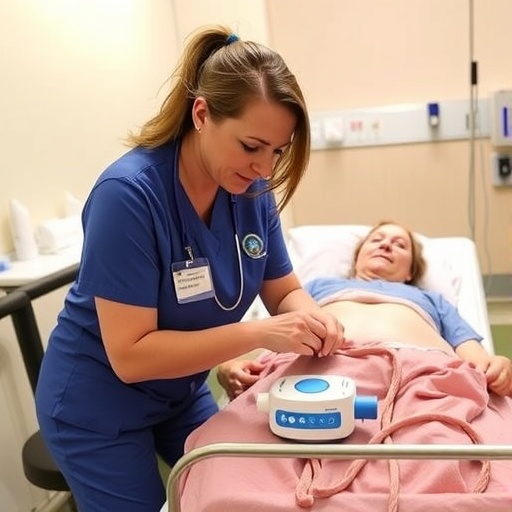
Credit: Penn Nursing
PHILADELPHIA (April 21,2020) – Substance use by youth remains a significant public health concern. While social media provides youth the opportunity to discuss and display substance use-related beliefs and behaviors, little is known about how posting drug-related content, or viewing posted content influences the beliefs and behaviors of youth relative to substance use.
In a new study from the University of Pennsylvania School of Nursing (Penn Nursing), researchers characterized the content of 23 million drug-related tweets by youths to identify their beliefs and behaviors related to drug use and better understand the potential mechanisms driving substance use behavior. They found that youths expressed pride, confidence, or boastfulness online about their drug-related behaviors, often indicating a craving or desire for drugs or the effects of drug use. Their tweets rarely covered the negative consequences or effects of substance use.
“Youths’ tweets about using drugs to cope with stress, grief and trauma may contribute to distorted perceptions of normative behavior and may encourage other youth adopt similar coping strategies in real life,” says lead-investigator Robin Stevens, PhD, MPH, Assistant Professor and Director of the Health Equity and Media Lab. “These findings indicate a critical need to leverage social media to understand youth experiences and attitudes related to drug use. An in-depth, real time understanding of youth attitudes, across diverse populations is critical for efforts to decrease substance abuse.”
The study also defined the frequency with which drugs are discussed by members of this population on Twitter, generated a list of words and hashtags to contribute to analytical lexicons for others interested in similar research, and identified themes indicative of the ways in which youth discuss their support for (or opposition to) substance use on social media.
###
The study’s findings have been published in an article, “Exploring Substance Use Tweets of Youth in the United States: Mixed Methods Study,” in the journal JMIR Public Health and Surveillance. Co-authors of the article include Bridgette M. Brawner, PhD, MDiv, of Penn Nursing; Elissa Kranzler, PhD, Salvatore Giorgi, Elizabeth Lazarus, Maramawit Abera, Sarah Huang, and Lyle Ungar, all of the University of Pennsylvania.
About the University of Pennsylvania School of Nursing
The University of Pennsylvania School of Nursing is one of the world’s leading schools of nursing. For the fifth year in a row, it is ranked the #1 nursing school in the world by QS University and is consistently ranked highly in the U.S. News & World Report annual list of best graduate schools. Penn Nursing is currently ranked # 1 in funding from the National Institutes of Health, among other schools of nursing, for the third consecutive year. Penn Nursing prepares nurse scientists and nurse leaders to meet the health needs of a global society through innovation in research, education, and practice. Follow Penn Nursing on: Facebook, Twitter, LinkedIn, & Instagram.
Media Contact
Ed Federico
[email protected]
Original Source
https:/




